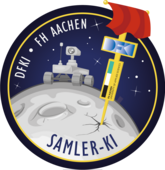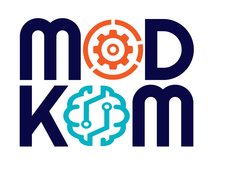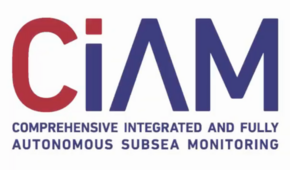
Research Departments
- Agents and Simulated Reality 2
- Cooperative and Autonomous Systems 1
- Embedded Intelligence 1
- Robotics Innovation Center
- Speech and Language Technology 1
Research Topics
- Autonomous Systems 5
- Data Management & Analysis 1
- Human-Machine Interaction 2
- Image Recognition & Understanding 3
- Machine Learning & Deep Learning 4
- Other
- Robotics 5
- Sensors & Networks 1
Fields of application
- Environment & Energy 2
- Farming & Agricultural Technology 1
- Health & Medicine 1
- Industrie 4.0 3
- Knowledge & Business Intelligence 1
- Mobility 2
- Other
- Smart Home & Assisted Living 1
- Trade & Logistics 1
Search narrowed by:
Displaying results 1 to 8 of 8.
Research Departments
- Agents and Simulated Reality 2
- Cooperative and Autonomous Systems 1
- Embedded Intelligence 1
- Robotics Innovation Center
- Speech and Language Technology 1
Research Topics
- Autonomous Systems 5
- Data Management & Analysis 1
- Human-Machine Interaction 2
- Image Recognition & Understanding 3
- Machine Learning & Deep Learning 4
- Other
- Robotics 5
- Sensors & Networks 1
Fields of application
- Environment & Energy 2
- Farming & Agricultural Technology 1
- Health & Medicine 1
- Industrie 4.0 3
- Knowledge & Business Intelligence 1
- Mobility 2
- Other
- Smart Home & Assisted Living 1
- Trade & Logistics 1







